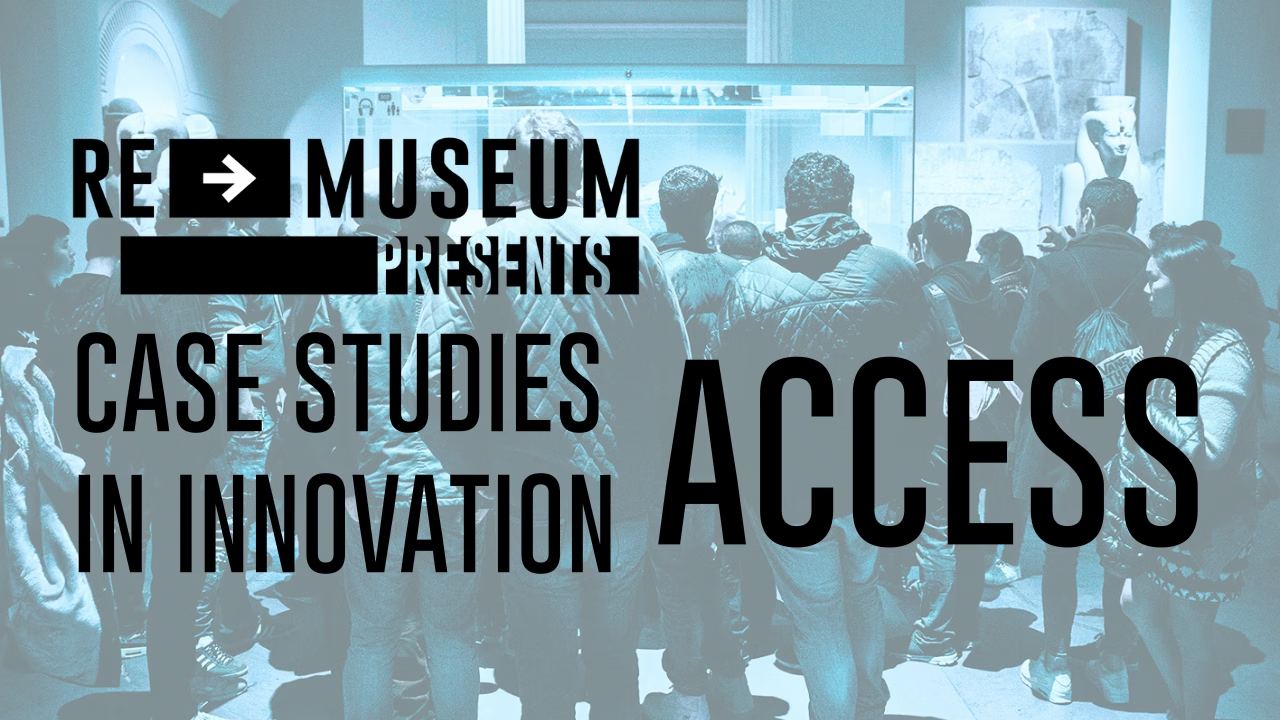
INTRODUCTION
American art museums are driven by a passion to serve and engage the public with art, and for most of them that means increasing the number and range of visitors they attract. For a number of reasons, the drive to expand access and to attract broader audiences faces several obstacles, including a lack of both data and sustained examples of how best to do this work.

Remuseum is a think tank focused on helping museums matter to more people and thrive, through research and sharing best practices across the field. Remuseum has developed its own database on the operations and impact of American art museums [1] and together with Art Bridges Foundation (the largest American foundation supporting public access and art-sharing among museums) hosted a convening in October 2024 for leaders to share examples of their work around access, audience development, and marketing, three related issues critical to the success of American museums today. This is Remuseum’s first of three reports on each of those topics.
According to the Association of Art Museum Directors, the majority of American art museums charge for admission[2]. Research also confirms that admission
fees are a dominant impediment to attracting the new audiences essential to museums’ sustainability and growth (especially among younger adults, parents, and audiences other than the higher-income and higher-degreed populations that museums have traditionally attracted)[3]. While admission fees for most museums generate only a very small percentage of their revenue, [4] and many museums feel a mission-based commitment to being as free as possible; [5] their budgets are tight and most museum leaders feel they just can’t afford to be as free as they would like. There is a need for more data on all aspects of American art museums, and in particular on issues related to access. Can we establish whether, and under what circumstances, offering free admission offers a sustainable path to serving a greater numbers of visitors? And can we offer examples of museums that gain enough support for free admission to overcome the corresponding loss of admission and membership revenue? While more data are still needed, this report begins to address these important questions. Most discussions about the relationship of free admission to increased attendance suggest that a direct correlation is unclear.[6] Some dispute it; other contend that free admission creates temporary but unsustainable increases in attendance. [7]
Given the importance of this topic it is odd that more systematic research has not been conducted to establish (1) whether free admission can generate sustainably higher visitation and, if so (2) what practices make that result both more likely and more sustainable over time.
FREE ADMISSION AND ATTENDANCE
WHAT CAN WE LEARN FROM MUSEUMS THAT HAVE ALWAYS (OR LONG) BEEN FREE?
We can look to several museums that have always (or long) offered free admission for one subset of useful case studies. Their results suggest that, at least in some settings, free admission can offer meaningful and lasting impact on attendance.
In Arkansas, Crystal Bridges Museum of American Art has welcomed over 10 million visitors in its first 14 years, and is one of only two American art museums in Remuseum’s database that regularly attracts more visitors than live in its region. It is difficult to imagine that Crystal Bridges would have welcomed so many visitors, especially from its home region of Northwest Arkansas, if its admission were not free. (It is also important that Crystal Bridges was free from its opening, allowing the public a consistent understanding of this easiest-to-communicate policy.)
In Los Angeles, the two museums with the largest number of visits have both always offered free admission (both under the specific direction of their founder/ funders): the Getty Museum, which welcomes almost 2 million visits each year, and the Broad, which welcomes about half as many. Examples from other museums (including museums in Los Angeles that are older, larger, or have bigger collections) make it hard to believe that either the Getty or the Broad would generate the same number of visits, especially among residents of Los Angeles County, if they charged for admission.
The Virginia Museum of Fine Arts has offered free admission since it opened in 1936 and annually attracts over 500,000 visits, a number equivalent to almost half of the population of its region, whereas the median of American museums in Remuseum’s database attract only 9% of their regional populations.[8] Similarly, the St. Louis Art Museum has offered free admission for over 100 years, and attracts nearly 500,000 visits, equivalent to nearly 20% of its regional population (more than twice the national median).
Remuseum’s database allows a rough measure of how much of its regional population each museum attracts. For major museums located in metropolitan statistical areas with fewer than 2.25 million people (meaning they lack much competition and likely do not benefit from excess tourist traffic), offering free admission appears to attract a much larger percentage of its regional population.

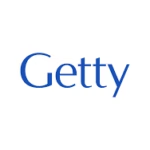


WHAT LESSONS MIGHT WE LEARN FROM SUCH MUSEUMS?
First, free general admission is the easiest message about access that a museum can deliver to the public.
It directly addresses a primary concern of prospective visitors; it is easy to understand and to share with others; and it conveys a genuine and deeply respectful expression of the museum’s intention to meet people where they are. Rather than asking visitors concerned about fees to study and adapt their schedules to the museum’s (an approach under which the museum might offer free access only on certain days of the month), the museum adapts its schedule and offerings to the lives of its prospective visitors, who alone knows when it is most convenient to visit.
Second, a museum that offers free general admission needs to stick with its plan.
Of the “free” American museums that deliver the highest number of visits, most have offered free general admission either since they were founded (as with the National Gallery of Art and the museums of the Smithsonian Institution, the St. Louis Art Museum, the Virginia Museum of Fine Arts, and Crystal Bridges Museum of American Art), or for more than a decade (like the Dallas Museum of Art, the Cincinnati Museum of Art, and the Nelson-Atkins Museum.)
Longevity in offering free general admission may present a benefit rarely addressed in nonprofit management: a kind of compounding growth (in investing, the benefit of leaving dollars invested over a long period of time). A museum that offers free general admission over a very long period allows the message of its accessibility to sink into the community, to be shared and remembered, and to become part of the museum’s civic identity (and part of its city’s identity also). In this perspective, free admission represents an investment in the community that allows for growth over time and may deliver a kind of audience resilience through the inevitable downturns that cultural amenities experience from recessions, natural disasters, acts of war, pandemics, and expansion-related closures. In that sense, it may represent the most stable investment a museum can make.








ACCESS AND COST PER VISIT
Among the different theories and rationales for charging admission, perhaps none is stronger than the real need to meet and pay for the rising ambitions and costs of operating the museum itself. As museum costs increase (and those cost increases have consistently outpaced inflation for decades)[9] [10] and visitation gradually declines, most museums may simply feel that they have no choice but to make rising admission fees part of the solution.
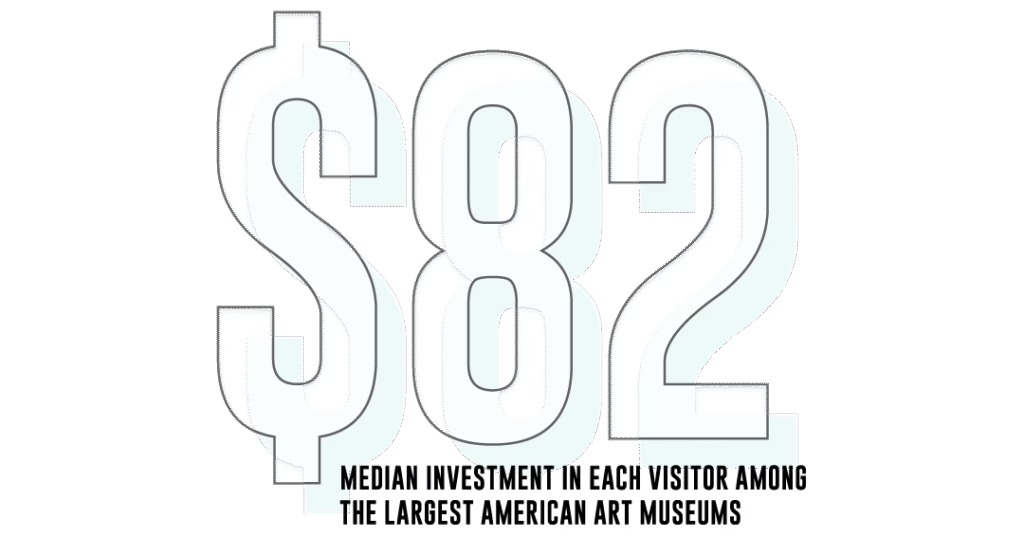
Remuseum’s recent research report, “Access, Scale, and Market Share”, looks at each museum’s cost per visit (the museum’s annual operating budget divided by its number of visits) as a foundational metric of relevance and financial sustainability. Nonprofit institutions need to establish their effective use of (limited) resources to maximize desired results, including the quantity and quality of museum visits. Cost per visit is a number that every museum can easily calculate (by dividing its operating expenses by its number of visits), not to spend less on the visitor experience but to maximize the number of people who benefit from it.
It would be easy to assume that charging admission would, by inviting the visitor to subsidize the cost of his or her visit, lower the museum’s cost per visitor. Remuseum’s recent research undercuts that assumption, and suggests that free admission does not increase a museum’s cost per visitor – and may even lower it. More data are required to confirm and better understand these findings, but in a world where the next generation of philanthropists are looking to support institutions that use data to maximize their results, any tool that maximizes the number of museum visits without increasing the museum’s costs would represent a highly desirable path to sustainability and impact.
Each museum invests money in each visitor; the median among the largest American art museums is $82. The most important decision that museum leaders and boards make is how to invest those dollars, between buildings, collections, and people. In that light, offering free admission represents a decision to invest in the public.
It may also generate a meaningful return on other investments, investments the museum has already made. Only a handful of American museums attract all of the visitors that its building and facilities can support. Given that investment (totaling $2.75 billion in announced capital projects in 2023 alone[11]), it is surprising that more museums are not exploring any tactic that would fill its building(s) and leverage such large-scale capital investments to maximize the public good. Just because free admission may not increase a museum’s cost per visit doesn’t mean that it is the best tool to reduce it. Remuseum’s database highlights two other factors that impact not just museum’s cost per visitor but its ability to invest in the public.
Among the museums with the lowest cost per visit, one common factor is not that they offer free admission but that they operate with a smaller budget.
Among the museums with the lowest cost per visit, one common factor is not that they offer free admission but that they operate with a smaller budget. The growth in museum budgets, in other words, has not always served their public missions. Of 60 museums in Remuseum’s database reflecting the lowest cost per visit, 45 (or 75%) have operating budgets below $11 million. (Of the 60 museums with the highest cost per visit, 46 (or 77%) have budgets above $11 million.) The best way to reduce a museum’s cost per visit may be simply reducing the museum’s total costs. And increasing costs without a parallel plan to increase visits will guarantee only one result: a rising cost per visit.
The same relationship is illustrated between a museum’s costs per visit and the size of its permanent collection. Of 60 museums in Remuseum’s database reflecting the lowest cost per visit, the median number of objects in their permanent collection is 7,900. Of the 60 museums with the highest cost per visitor, the median number of objects in their permanent collection is 26,000 – almost three times as many. Given the great and rising cost of caring for permanent collections (only a small percentage of which is ever seen by the public), museums with larger collections almost certainly invest more money in objects than they invest in the public.

Museums that aspire to greater access but find it challenging to afford may want to question and explore alternative approaches to the practices (of inexorable growth in buildings, budgets, and collections, what economists William Baumol and William Bowen first called “cost disease”) that make those challenges harder to overcome.
CAN A MUSEUM BECOME FREE?
For museums without a history of offering free admission, is it worth exploring ways to offer free general admission? Two recent examples suggest that it is.

THE ORANGE COUNTY
MUSEUM OF ART
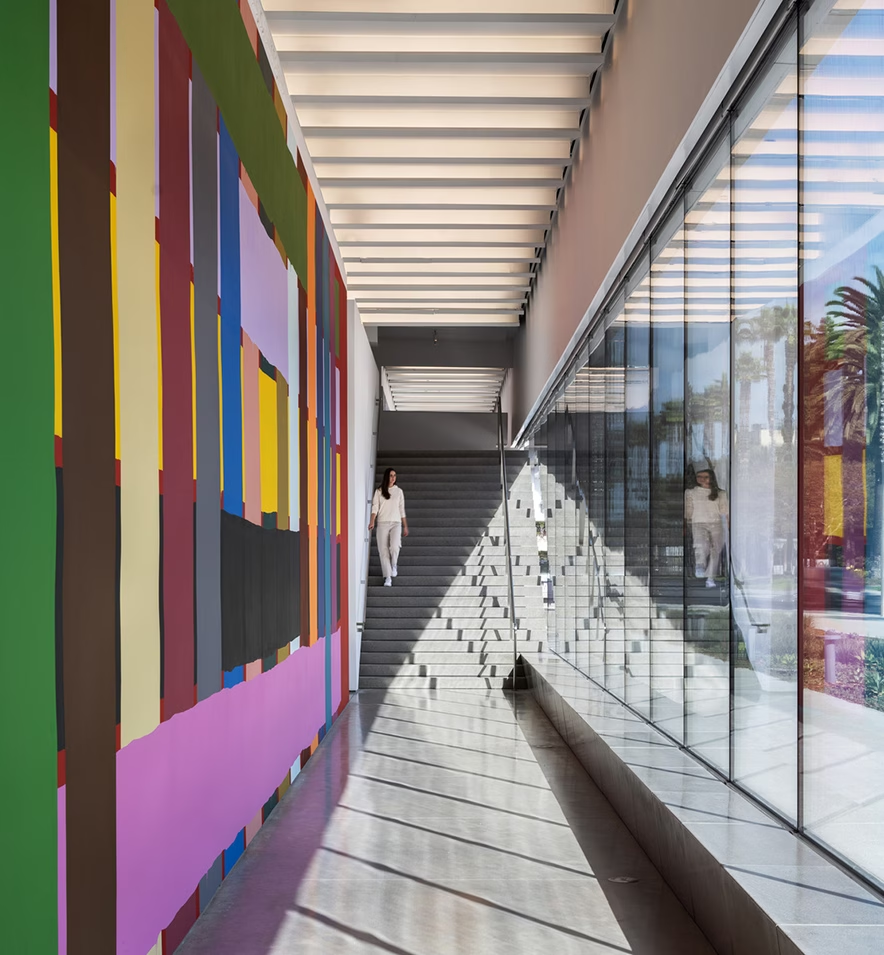
For the Orange County Museum of Art, the long road to building a new and dramatically expanded museum building ended in 2022. It reopened that year with a new offer of free general admission, funded by a 10-year grant from Lugano Diamonds[12]. The museum’s previous location was much smaller, making a direct comparison difficult, but attendance – which had not exceeded 25,000 annual visitors for decades – exceeded 250,000 in its first year with free general admission – a number that grew in its second year to 380,000 (defying the idea that reopenings and free admission may generate an unsustainable spike in attendance). With these results, Orange County leaped into the highest ranges of effectiveness: Only two museums in Remuseum’s database present lower costs per visitor. It is rare to see any organization immediately leverage its capital investment in a building into such a degree of public impact.

Orange County’s success – becoming almost overnight a place where its entire community apparently feels welcome – has also presented some questions. A sponsorship based on customary expectations of results may have been underpriced. And the museum knows that many who enjoy free admission could easily afford to pay for a ticket. How can Orange County bridge that gap?
For one, it is seeking more information on its visitors (including email addresses) so that it can engage them in a relationship whether they paid for admission or not. It is also conducting research on what free admission has delivered. Museum CEO and Director Heidi Zuckerman shared that 65% of Orange County’s visitors come because it offers free admission. 75% return for the same reason. And 90% recommend their visit. A study of social impact on visitors results in an estimated value of $278, far exceeding the $20 cost of each visit. These results, and supplemental data, should encourage the people of Orange County – and beyond – to support the American museum that has most rapidly transformed its audience through access.
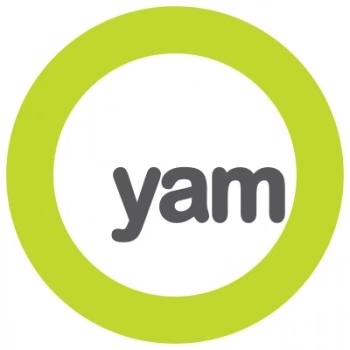
YELLOWSTONE ART MUSEUM
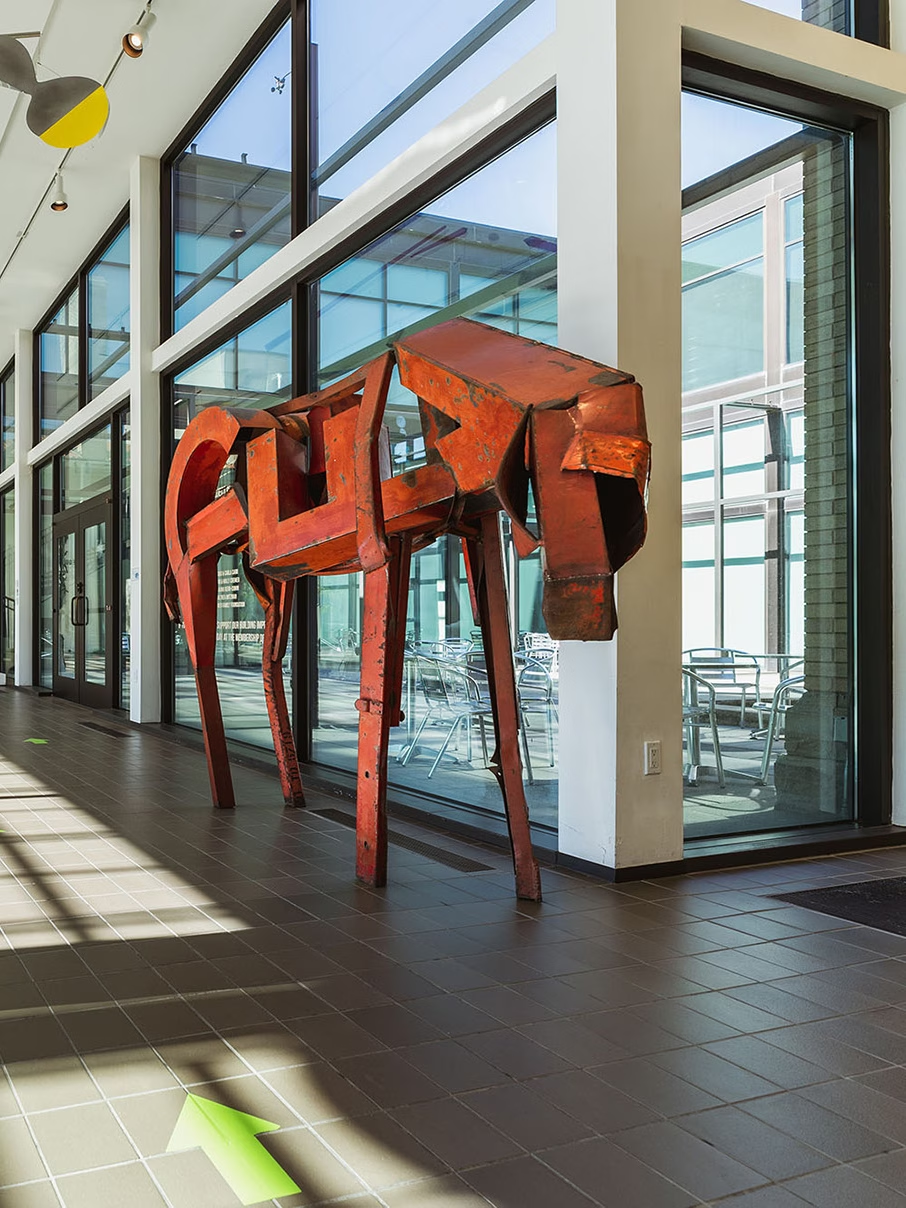
In 2023, Art Bridges Foundation made grants to 40 American museums under its “Access for All” program. Some museums used these grants to support community engagement on days they are already open for free; others introduced free general admission for all. One of the latter museums is the Yellowstone Art Museum in Billings, Montana.
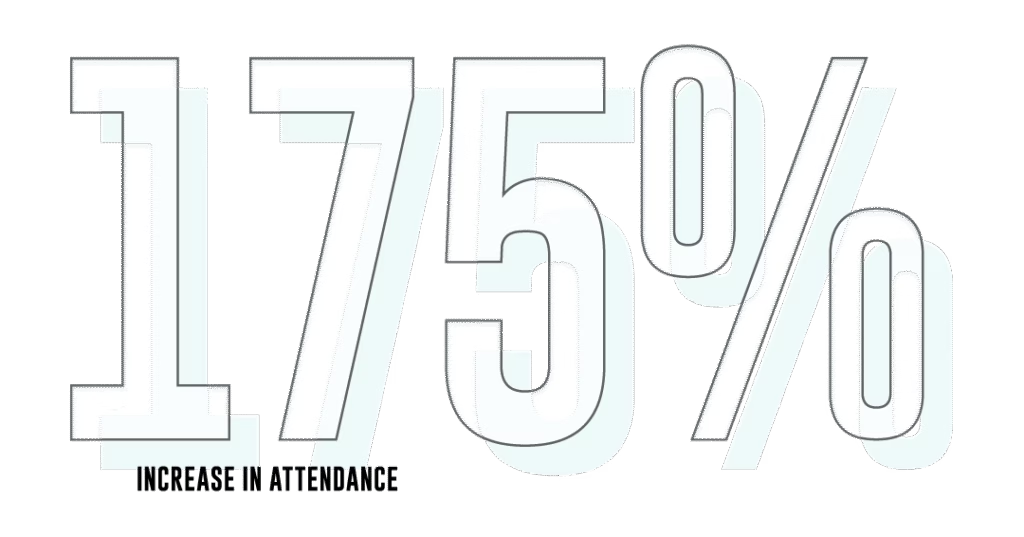
The result for this small but impressive museum has been a 175% increase in attendance in the first 15 months of free general admission, with representation from all corners of its community. The museum’s staff and board have taken great pride in these results, while working hard to meet some of its challenges, including staffing levels required to support so many new visitors and a decline in museum memberships (since free admission is the primary benefit for members). Art Bridges’ Access for All grants have a three-year term, and Yellowstone Director Jessica Kay Ogdin reports that she is already being asked how they will extend the museum’s offering of free admission: “My response is always that our community is going to have to step up.”
Communities that want to see museums leverage their limited resources for maximum public benefit need to do just that. And museums like Yellowstone deserve the support to continue delivering outsized results in a community where the nearest art museum is almost 150 miles away.
HOW CAN MUSEUMS PAY FOR FREE ADMISSION?
Many museum directors would like to reduce their admission fees as much as possible. But they lack evidence about how to replace the revenue lost from ticket and membership sales.
It seems possible that museums could look at the “cost” of free admission differently.
The average museum generates less than 5% of its revenue from ticket sales – but museum budgets are so tight that even small amounts of revenue are hard to give up.
Some describe admission fees as a co-investment by the public in the museum’s work, diversifying not just the museum’s revenue stream but the voices among its stakeholders.[13] Others argue that charging for admission represents value and that consumers are used to paying for things they value. [14] For museums that can charge for admission without reducing visitation (or increasing costs), these arguments have merit. But many public institutions (like libraries and parks) are deeply valued while remaining free for all.

A concern shared by many museum leaders and trustees is that offering free admission “leaves money on the table” because of the many visitors who could easily buy a ticket. To the degree that this may represent a subjective view of disposable income (obviously, a $30 admission fee represents a much smaller proportion of income for the average museum donor than for someone not otherwise inclined to visit an art museum), some museums can address it by charging out-of-state residents, or non-U.S. citizens, a price higher than citizens of the community where the museum is located.
Lost revenue from memberships can be made up in other ways. Many museums that offer free general admission continue to charge for admission into “special” or “temporary” exhibitions. Museums can also offer special events free to members. Free general admission does not need to be more than what it says: free admission to the museum’s core spaces during regular open hours.
Free general admission does not need to be more than what it says: free admission to the museum’s core spaces during regular open hours.
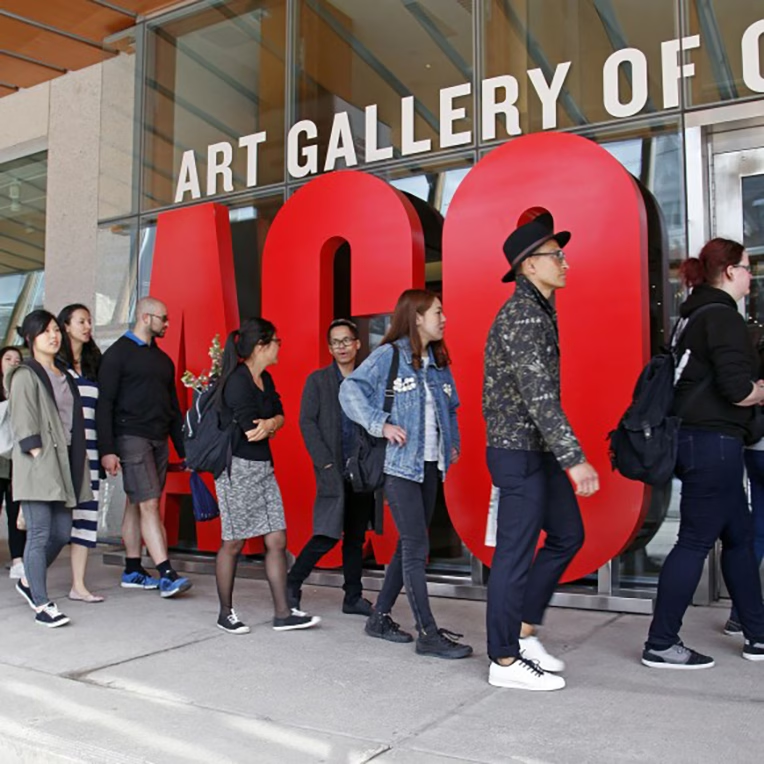
Another model is offered by the Art Gallery of Ontario (AGO) in Toronto. While the museum does charge CA$30 for single admission, it has also developed two new membership offerings. Any Ontarian under the age of 25 can get a free annual pass which provides a full year of unlimited access. The museum found that any loss in admission revenue was made up by scale, generous donations by corporate sponsors and other donors, and access to deeper data insights into this critical demographic as the museum cultivates a long-term relationship with them. Similarly, anyone over the age of 25 can get a paid annual pass for CA$40 (only CA$10 more than the price of single admission) which also provides a full year of unlimited access. As a result of these and other offerings, the AGO currently has approximately 200,000 members, which gives it a broad communications platform and offers impact and leverage when it communicates, for example, with local politicians about its member base.

ANOTHER WAY TO CONSIDER THE “COST” OF VISITORS
Traditional pricing of museum memberships presumes that each membership will impose a range of costs (like foregone ticket revenue) on the museum. As the Art Gallery of Ontario’s example of free membership for anyone under 25 suggests, offering benefits to someone who might never otherwise have visited the museum may deliver a greater benefit than cost. (And gaining a relationship with them as members is an asset not enjoyed by museums that simply offer them free admission).
Another perspective allows us to question the basic idea of a museum visitor as a burden on the museum’s resources:
Do more visitors actually cost the museum very much?
An argument presented by the distinguished economist Martin Feldstein in 1991 seems relevant here. Noting that revenue from admission fees makes up less than 5% of museum revenue, and that most museums are not generally operating anywhere near capacity, Feldstein argues that there was no economic justification to limit the number of guests if increasing attendance did not add any extra costs to the museum. This is particularly significant given the numerous benefits to the public, ranging from educational enrichment to enhanced well-being.
In Feldstein’s words:
Traditional economic analysis provides a reason for concluding that art museums in principle should not be funded through admission charges. A fundamental idea in economics is that a nation’s resources are used in the best way when each economic activity is expanded to the point where the benefit to consumers of any further expansion is just balanced by the cost of providing one more unit of that activity…
When applied to art museums, this implies that as long as an extra visitor to the museum imposes no additional costs on the museum or on other visitors, the ideal admission policy is to have no charge at all. Even a modest admission charge might deny someone who wished the opportunity to see the collection the opportunity do so even though his or her seeing it would impose no cost.
CONCLUSION
Expanding access does not absolve a museum from the obligation to make its work relevant to all, and many museums have learned that offering free admission alone does not change the demographic makeup of the people who take advantage of it. Making their work relevant to the public means exhibiting art that reflects public interest, interpreting it in a way that visitors find engaging, and offering events that the public feels compelled to attend. But if free admission does not answer, on its own, the question of broader relevance for museums, it is not clear that museums can answer that question without being as close to free as possible.
This paper, built on examples from real museums willing to share information about their own goals to expand access, has outlined a number of factors for museums to consider as they seek to expand access for all while also covering their costs:
Select an access strategy and stick with it.
Proudly celebrate the benefits of access, whether it means a bigger audience, a more diverse audience, or a lower cost per visitor. It will help you find donors who will support this work.
Just because a museum provides free admission to someone doesn’t mean it can’t invite a relationship with them, including by getting their email addresses, learning more about them, and making them museum members.
Explore membership models priced closer to the price of admission.
Access is not just about price. It can also mean access to selecting what art the museum acquires and exhibits; how it interprets art; and the events organized to engage the public.
As in most areas of museum research, this is an area where more data would help as all museums seek ways to reach the biggest and broadest number of people possible. [15]
This is the first of three reports on the topics of Access, Audience Development, and Marketing.
Footnotes
[1] https://remuseum.org/report-2-access-scale-market-share/
[2] https://cms.aamd.org/sites/default/files/document/Art%20Museums%20by%20the%20Numbers%202018.pdf. Similarly, only 31% of the 153
museums in Remuseum’s database offer free general admission.
[3] The 2024 Annual Survey of Museum-Goers, conducted by the Alliance of American Museums (AAM) and Susie Wilkening Consulting, confirmed that more than 40% of American parents and those under 40 cite cost of admission as a barrier to entry. The study also noted that museums that charge $25-30 per person for admission would be asking visitors without college degrees to devote a very large proportion of their annual funds available for dues and admissions to even a single museum visit. https://www.aam-us.org/2024/10/11/cost-of-admissions-and-museum-visitation-a-2024-annual-survey-of-museum-goers-data-story/
[4] https://newcriterion.com/dispatch/how-much-is-too-much/. Free admission does, however, represent the primary benefit offered to museum
members, making membership revenue – which is a bigger percentage of revenue than admissions for many museums – a secondary form of
admission revenue.
[5] Many, but not all: Some very well-run museums (and others) believe that charging for admission represents value to the public, and that not charging for admission would represent a devaluation of their offerings. https://www.colleendilen.com/2020/02/05/free-discounted-or-full-price-how-admission-basis-affects-perceptions-of-cultural-entities-data/
[6] https://observer.com/2025/01/museum-admissions-in-2025/
[8] https://remuseum.org/report-2-access-scale-market-share/
[9] https://www.nytimes.com/2023/08/01/arts/design/museums-raise-admission-fees-guggenheim.html
[10] To take one example, operating expenses for The Metropolitan Museum of Art were $7 million in 1967, $68 million in 1989 (https://www.nber.org/system/files/chapters/c11638/c11638.pdf, p. 67), and $402 million in its most recent fiscal year. The compound growth rate of expenses between 1967 and 2024 was 7.5%.
[12] Orange County Museum CEO and Director Heidi Zuckerman had raised an endowment to support free admission at her previous museum, the
Aspen Art Museum, which tripled annual attendance there.
[13] This view is represented by Daniel Weiss in his book “Why the Museum Matters.” (Weiss, Daniel. Why The Museum Matters, Yale University
Press. 2022, p. 106.), a book Weiss wrote as he was departing his role as CEO of the Metropolitan Museum of Art. Museums that benefit from a
high degree of tourist traffic, like the Met (in its most recent fiscal year, admissions produced 13% of the Met’s revenue, an amount that has risen
from about 10% before changes to its pricing formula), may generate a material percentage of their revenue from ticket sales and thereby have a
different economic argument to continue it.
[14] See Footnote 5.
[15] Feldstein, Martin. The Economics of Art Museums, The University of Chicago Press. 1991, p. 4.